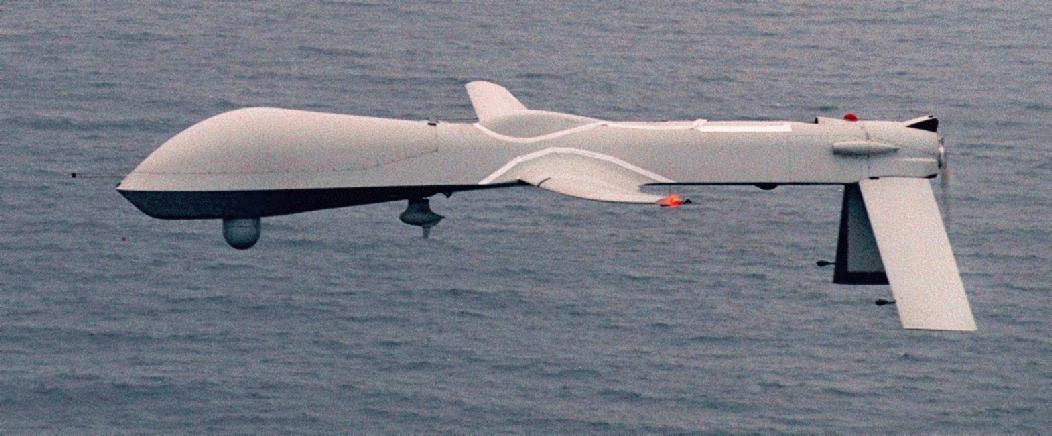
Washington’s enthusiasm for remote-control assassination is partly about boys with toys. But after the failed attempt on Zawahiri, we need to take a closer look at the tactic.
By Christopher Dickey
Newsweek
Updated: 3:07 p.m. ET Jan. 18, 2006
Jan. 18, 2006 - Murdering someone with a missile or a bomb is a little like surgery with a chain-saw. You can target the operation very precisely, but once you let it rip the thing’s going to make a mess, it’ll take a while to figure out if the procedure was a success, and almost always it isn’t.
The American record on killing ostensible enemies with precision-guided munitions, whether JDAMs dropped from planes or Hellfire missiles from Predator drones, is absolutely dismal. During the Iraq invasion in 2003, the campaign to blow up Saddam Hussein and his cronies resulted in nothing but collateral damage. “All of the 50 acknowledged attacks targeting Iraqi leadership failed,” Human Rights Watch concluded in a study reported immediately after the fall of Baghdad. But what the bombs did do was kill dozens of innocent bystanders. In one particularly disastrous incident, the United States slaughtered its most important tribal ally in Anbar province, Malik al-Kharbit, along with 21 members of his family. Apparently the Americans had faulty information about who was in that particular home. To paraphrase an old adage: garbage in, carnage out. ...
http://www.msnbc.msn.com/id/10910410/site/newsweek/
Some background links:
Human Rights Watch: "Off Target: The Conduct of the War and Civilian Casualties in Iraq," 2003
B’Tselem statistics on targeted assassinations.
Stephen R. David paper on targeted killings [PDF]
FAS data on Predator drones.
No comments:
Post a Comment